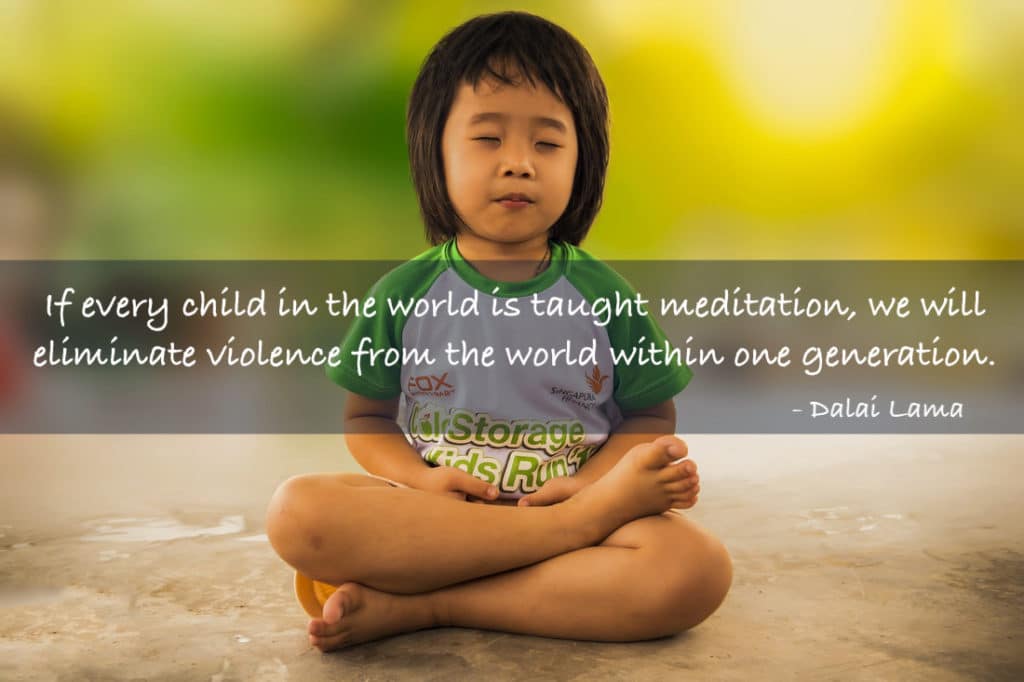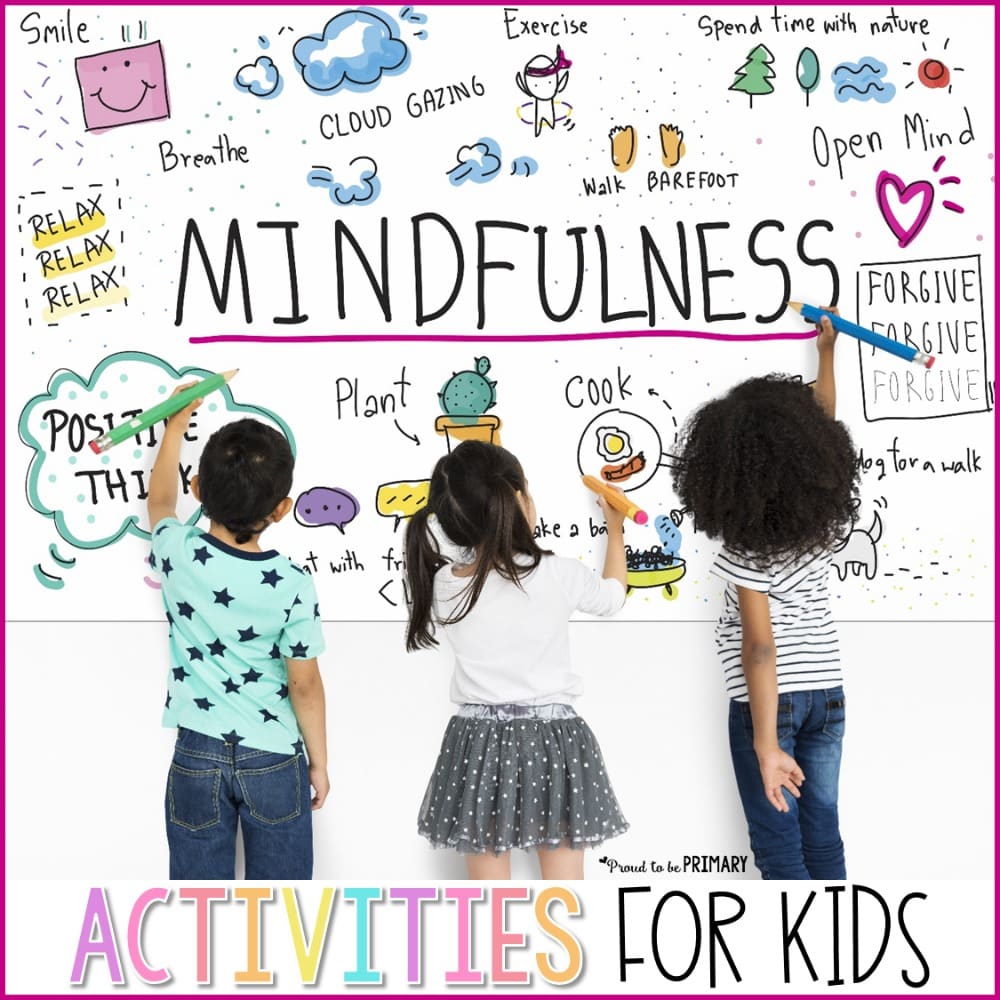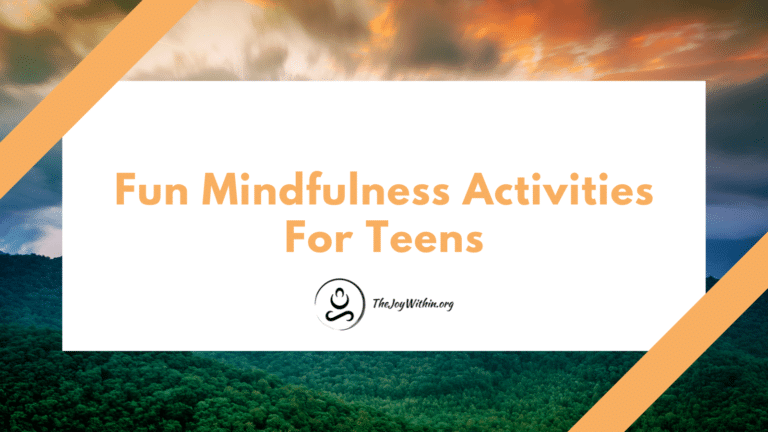Mindfulness is well-known as an important practice for students of all ages. It has untold health benefits, and is clinically proven to have a positive mental, physical, and emotional impact on practitioners.
But, how do you teach mindfulness to a child?
Developing the habit of awareness early can be an important life skill, so in this post I thought I’d share a few great mindfulness exercises for kids of any age.
Feel free to tailor these ideas as you see fit, as with mindfulness (and especially mindfulness for children) there is never a single ‘right’ or ‘wrong’ way to practice. The aim is simply to raise your awareness and become more focused on the simple joy of living.
So, without further ado, here are the best mindfulness exercises for children.

Mindfulness Exercises for Children and Students of All Ages
- Noticing The Breath. Meditation doesn’t have to be difficult. Even a small child can be taught to become more aware of his or her breathing. The key is to make it fun, and be patient, not worrying if the child becomes distracted. Try to make it a game, asking your child to see how many breaths they can count, or asking them what happens between their breaths. You might be surprised by their answers!
- Changing The Breath. Another great introduction to meditation for children is simply to ask your child to change his/her breath. Play with making loud noises (like a loud sigh) or see if you can ask them to breathe quickly, or slowly. This game is a good preparation for pranayama techniques they could learn when they get older.
- Mindful Posing. Ask your kids to strike a pose, and then tell you how they feel. They might stand like superman, with feet planted and arms stretched high above their heads, or like wonder woman, with legs apart and hands on their hips. Any pose will do: the key question is to ask them how it feels! This simple exercise gets them used to paying attention to their bodies.
- Spidey-Senses. Spiderman is famous for his sixth sense – his ability to detect seemingly invisible or inaudible clues from his environment. Get your kids to turn on their spidey senses and focus in to hear as much as possible, or spot as many small details as possible. You can practice this with each of the 5 senses.
- Safari-Walk. Make your everyday walk a new adventure with the safari-walking technique. Tell your children you’re going on an adventure, and the game is to spot as many animals or insects as possible.
- Blindfold Eating. Play a game to have your kids wear a blindfold when eating, and ask them to tell you about what they’re eating. They might focus on the taste first, but remember to ask more detailed questions. How does the food feel in your mouth? What does it smell like? How many different tastes can you name? This is a great practice for adults as well.
Learn more about how to teach your kids to meditate, or browse our full list of mindfulness exercises.




